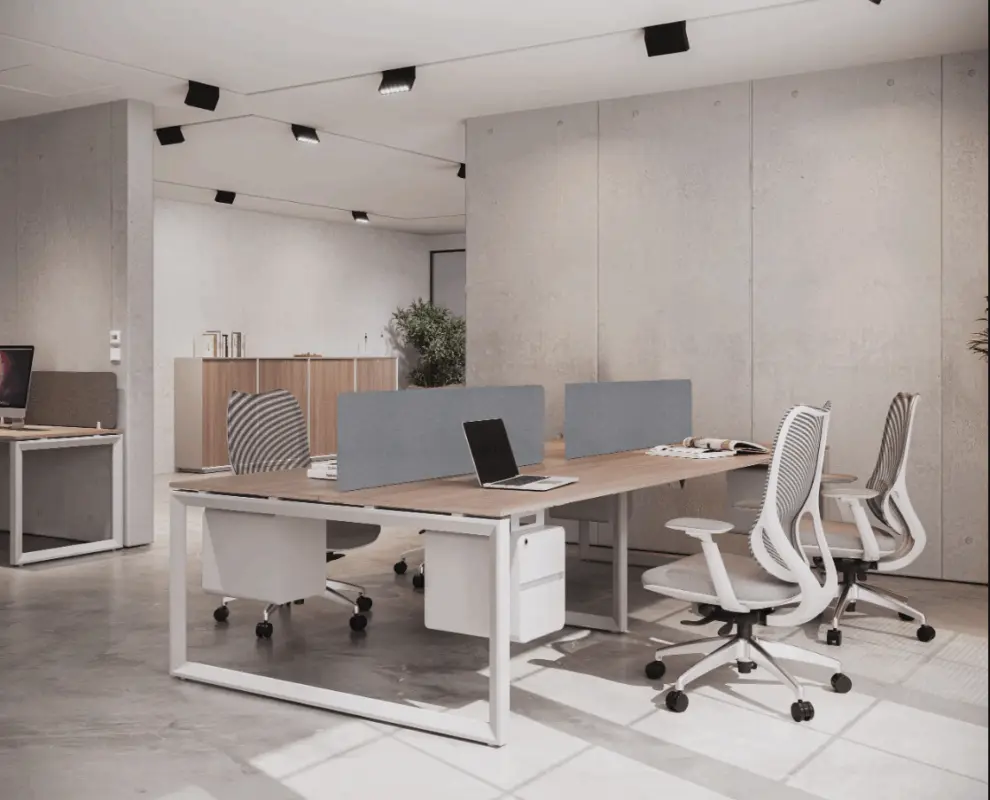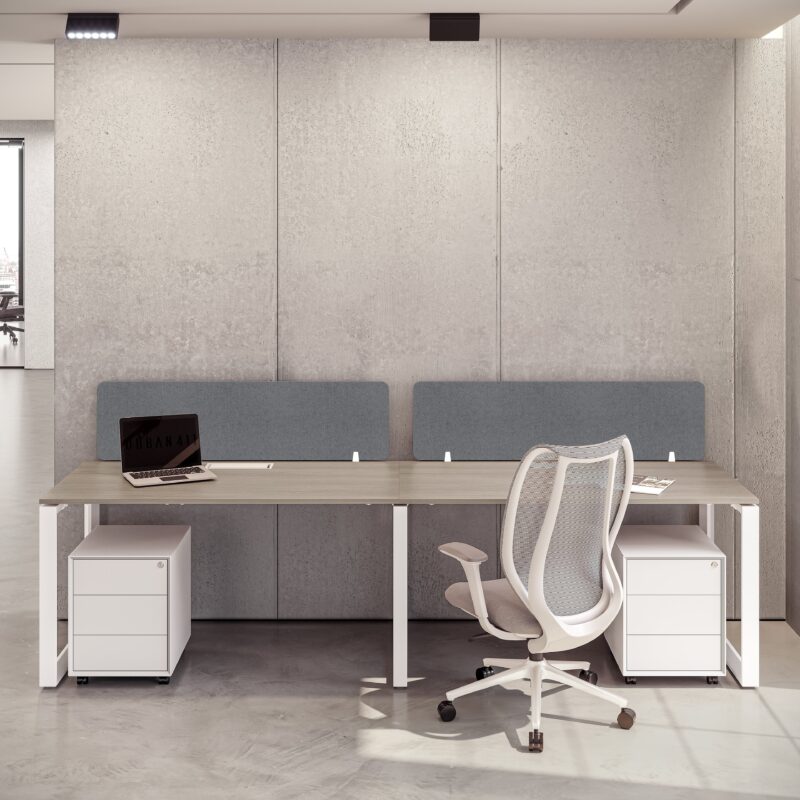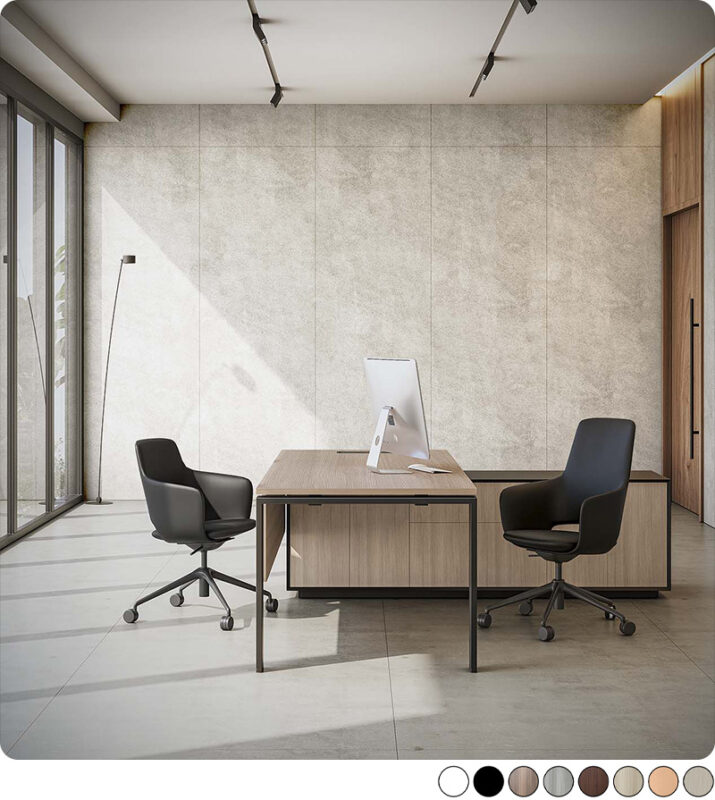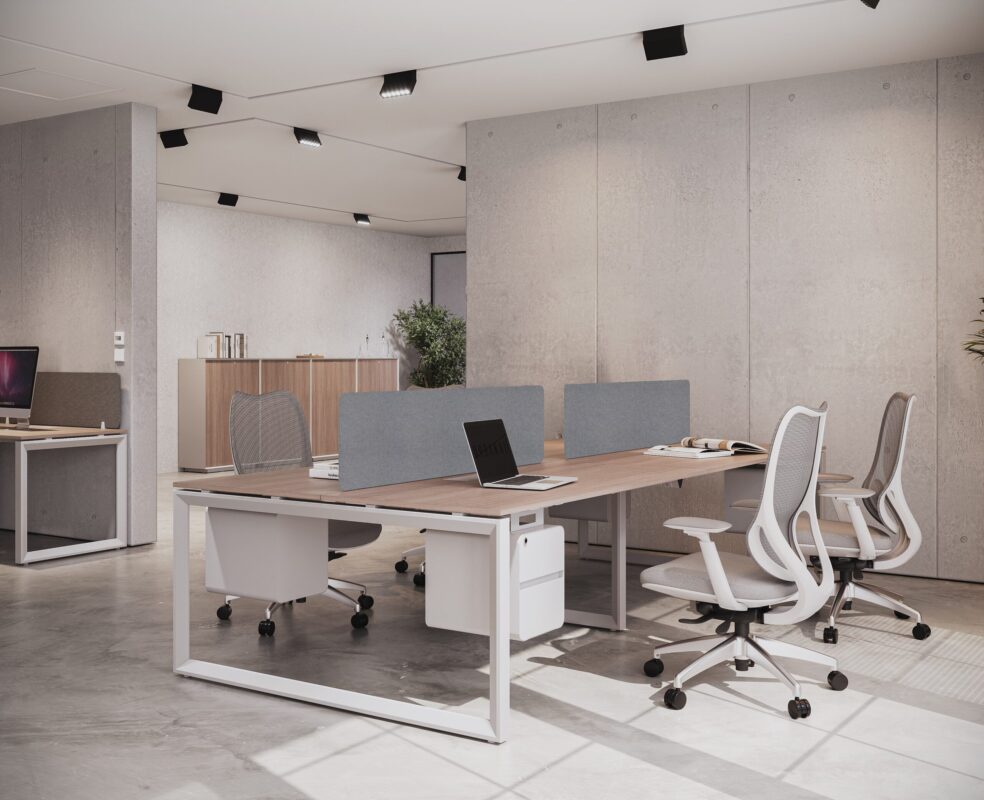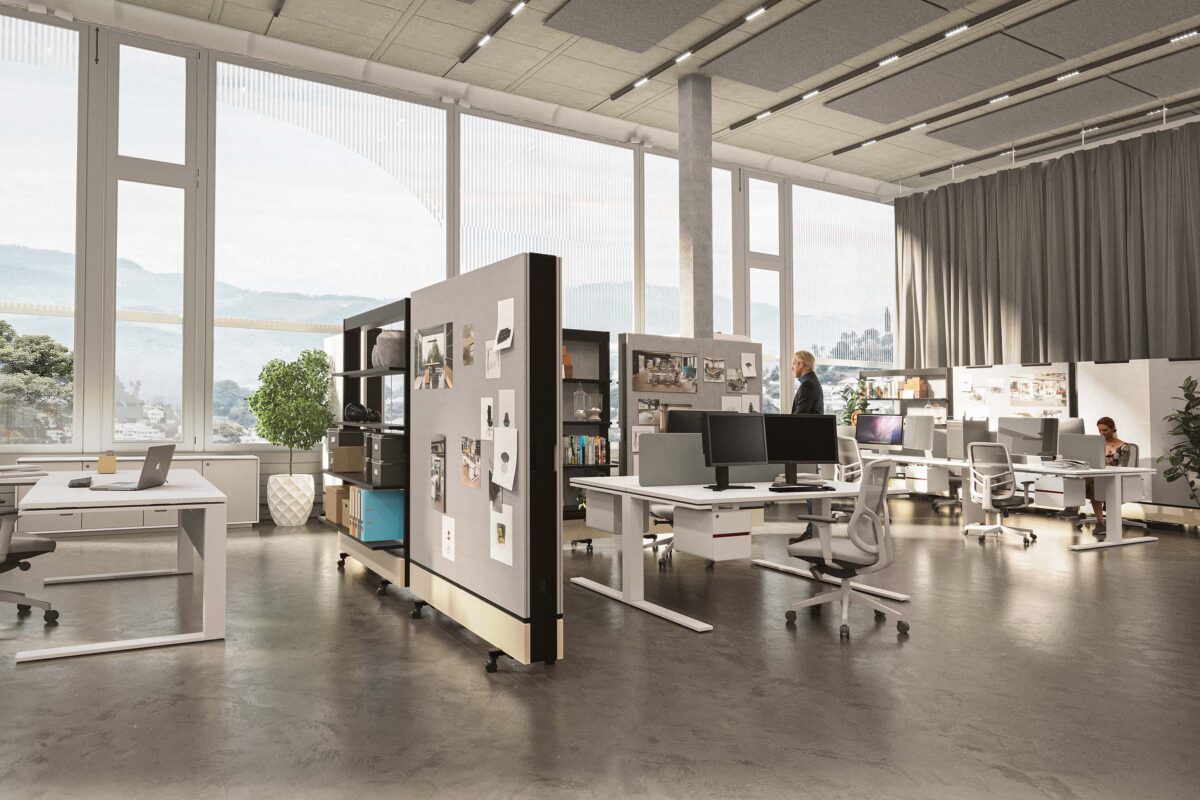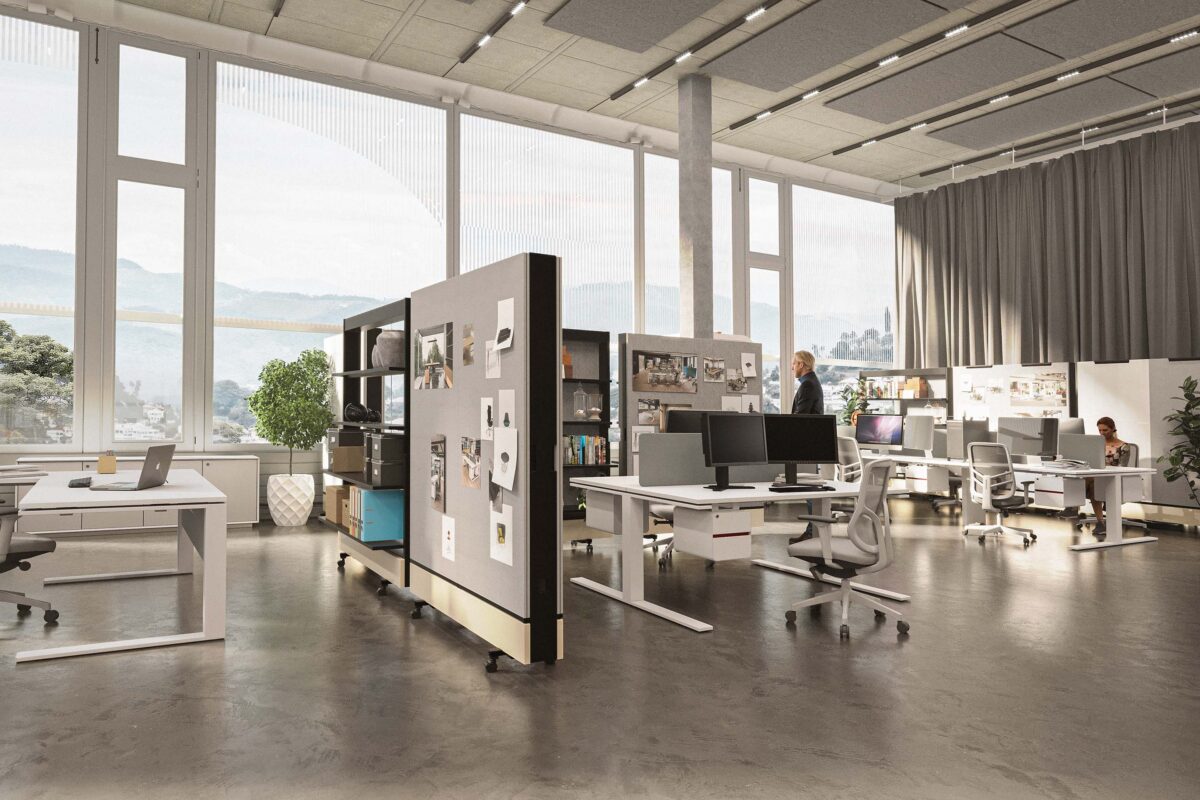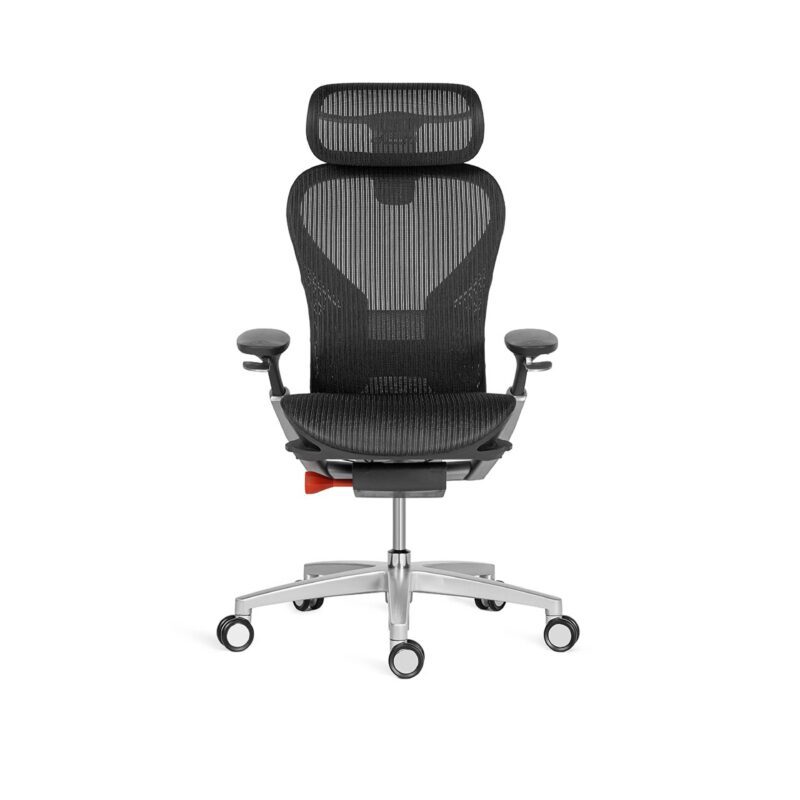Ergonomic Chair Shopping: The 7 Must-Have Adjustable Features You Can’t Skip
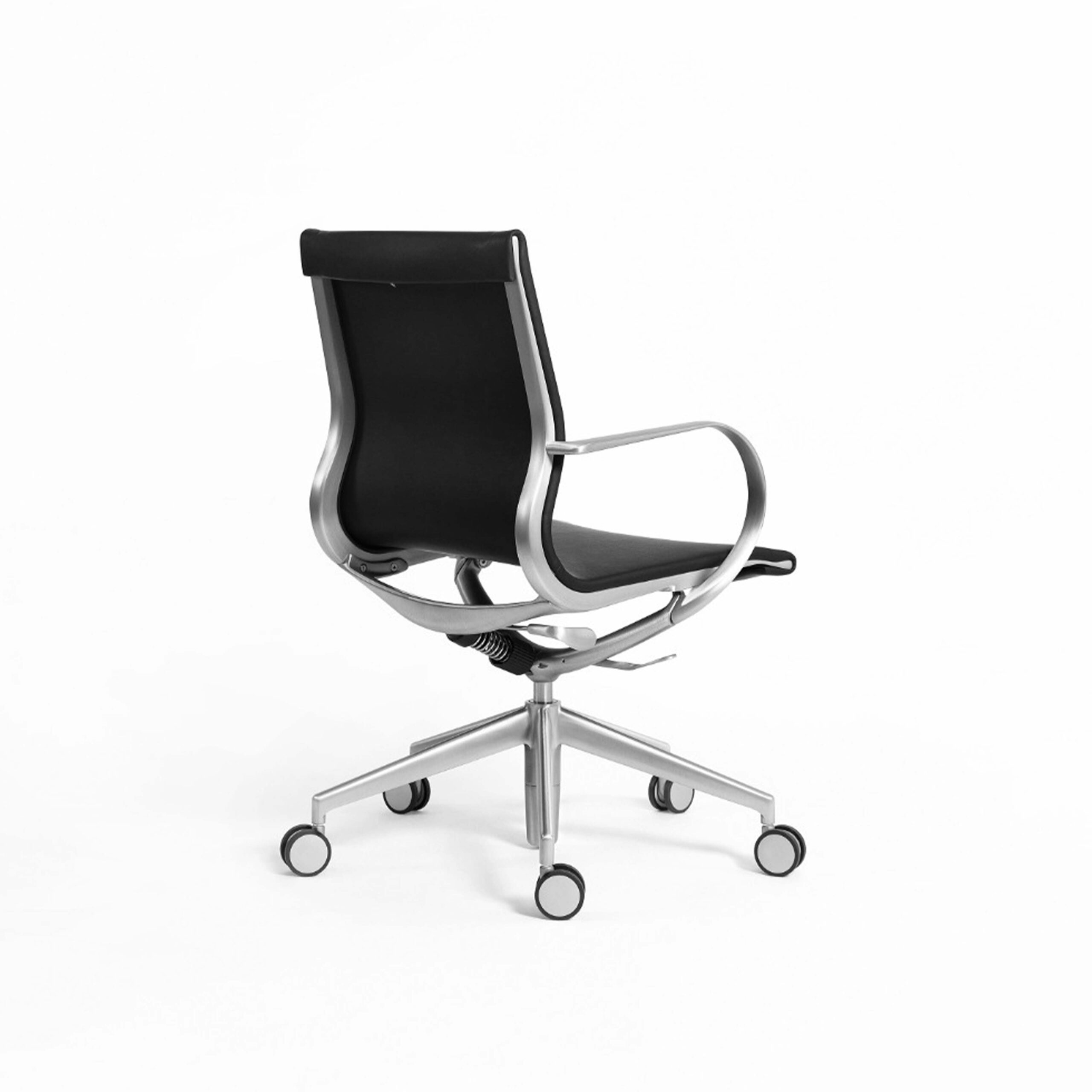
Ergonomic Chair Shopping: The 7 Must-Have Adjustable Features You Can’t Skip
People who sit at desks for hours already know how much comfort matters, and the wrong chair sneaks up on you. It messes with your health, work output, and even how you feel overall. Individuals grab chairs that seem nice-looking or cheap enough, but do not support their bodies properly. That’s where an ergonomic chair changes the whole deal.
Unlike regular chairs, ergonomic ones think about your back, how you hold yourself, and how you move around; they shift to match you, and you do not force yourself into them. Work these days means staring at screens forever. A chair that bends to your shape is no extra treat; it is what you need. Putting money into ergonomics pays off big for staying healthy and doing better at what you do. What sets a good ergonomic chair apart? We can go over the seven key parts that you should never skip.
The 7 Adjustable Features Every Ergonomic Chair Should Have
1. Adjustable Seat Height for All-Day Comfort
You want your chair to let you plant your feet flat on the floor, and your knees should bend at about a right angle. Adjustable height makes that possible every time—there’s no way around it. Task chairs have basic height adjustments that work fine and handle everyday office sitting.
2. Lumbar Support That Matches Your Spine
Office workers always deal with lower back pain; it is super common. Good ergonomic chairs have lumbar support you can tweak to naturally match the curve of your spine. Manager chairs usually include this feature and give solid backing during those long hours at the desk.
3. Seat Depth Adjustment to Reduce Pressure
When the seat is too deep, you end up sliding around. If it is too shallow, your thighs do not get proper support. Adjustable depth helps spread your weight out evenly and keeps circulation going better. Medium back chairs often have this setup and provide balanced comfort.
4. Backrest Recline & Tilt Lock for Flexibility
People move around a lot in their seats over a day. A solid chair needs that recline function and a tilt lock so you can just ease back and chill without your back giving out. Take the executive chair, for instance, it works excellently for leaning into those endless calls or meetings, and your posture stays straight the whole time.
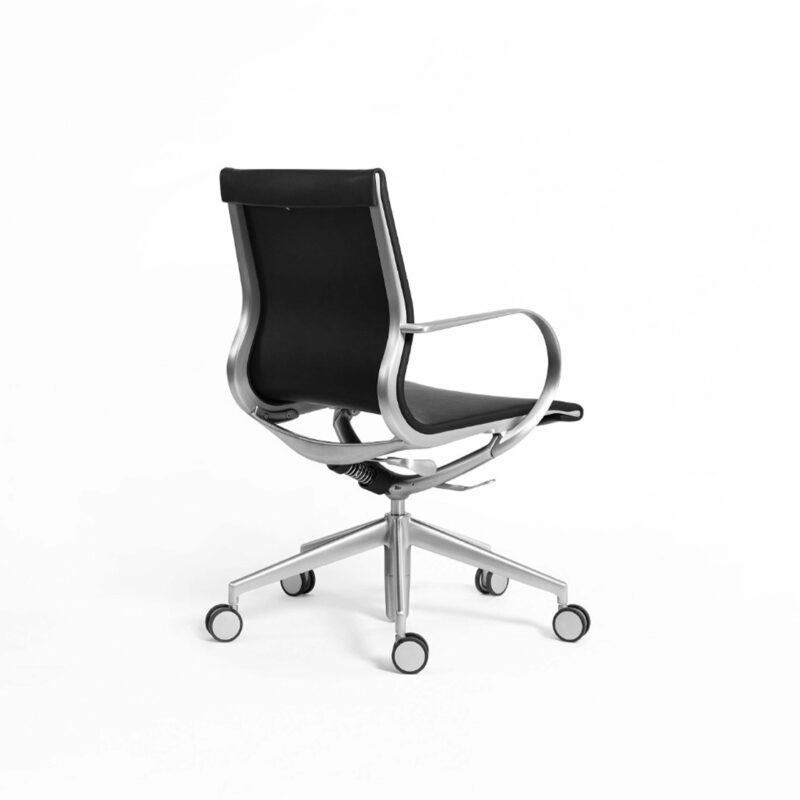
5. Armrest Adjustments (Height, Width, Angle)
Armrests ought to hold up your elbows nicely. No hunching your shoulders up high or slumping them low, the adjustable kind helps cut down on neck and shoulder aches. These days, many office chairs come with 3D or 4D armrests that adjust in various ways, which are versatile for switching between tasks.
6. Headrest Adjustability for Neck Support
Neck tension at the end of the day can be a real pain. An adjustable headrest makes a big difference there; it cradles your head when you take breaks or during those long phone sessions. High-back chairs usually pack this in, giving your upper body full support.
7. Swivel & Smooth Mobility for Work Efficiency
An ergonomic chair has to follow your movements. The swivel base and smooth wheels on the bottom let you spin around. You reach across the desk without any awkward twists. In today’s offices, chairs like the Sage meeting chair or Zia meeting chair stand out. They roll easily and bend for teamwork.
Read Also: Best office chairs for long work hours
Common Ergonomic Chair Buying Mistakes
People still get sidetracked when they shop for ergonomic chairs. Even if the design catches the eye or the price seems right, you must consider how it functions first. That way, you dodge that nagging discomfort down the line. To pick a good one, just remember a few basics.
- Check materials: Mesh in the back lets air flow and keeps you from sweating. Cushioned seats hold up over time and stay comfy.
- Look for certifications, like BIFMA or Greenguard, which mean it’s built safely and tough. There are no shortcuts there.
- Test adjustments: The seat height should go up and down easily. The backrest tilts right, and the armrests lock where you want them. There are smooth moves all around.
Now, watch out for the slip-ups individuals make all the time.
- Skipping a real sit-in test: Online pics look great, but you must feel it to know if it’s right for you.
- Choosing style over support: A medium-back chair might seem sleek enough, but it could leave your body hanging without proper support.
- Ignoring warranty and after-sales service: Ergonomic chairs are an investment in your health. Good support keeps the value going long term.
If you follow these ideas, you’ll avoid the pitfalls and end up with a chair that helps your workday.
Sit Better, Work Better
Your chair isn’t just furniture; it’s the base for how productive you feel daily and ties right into your health. Picking a good ergonomic one keeps you going without getting worn out quickly, it stops that back pain, and helps you stay focused better. At Urban 411, we understand that every professional has a specific setup, so we offer ergonomic options, thinking about people like you. It’s more than just a purchase, an ergonomic chair turns into an investment for comfort that lasts and better work all around.
FAQs
1. What makes a chair truly ergonomic?
It adapts to your body with adjustable features that support posture and reduce strain. A good ergonomic chair also improves comfort during extended sitting hours.
2. Which adjustable features should I look for in an ergonomic chair?
You can adjust the seat height, lumbar support, seat depth, backrest recline, armrests, headrest, and swivel to customize the chair for your unique body needs.
3. Are high-back chairs better than medium-back chairs?
High-back chairs support the whole spine and neck, while medium-back chairs are lighter and more flexible. The right choice depends on your work style and sitting duration.
4. How do I avoid common mistakes when buying an ergonomic chair?
Test the chair, check support features, and don’t ignore warranty or build quality. Always prioritize comfort over looks to get real long-term value.


